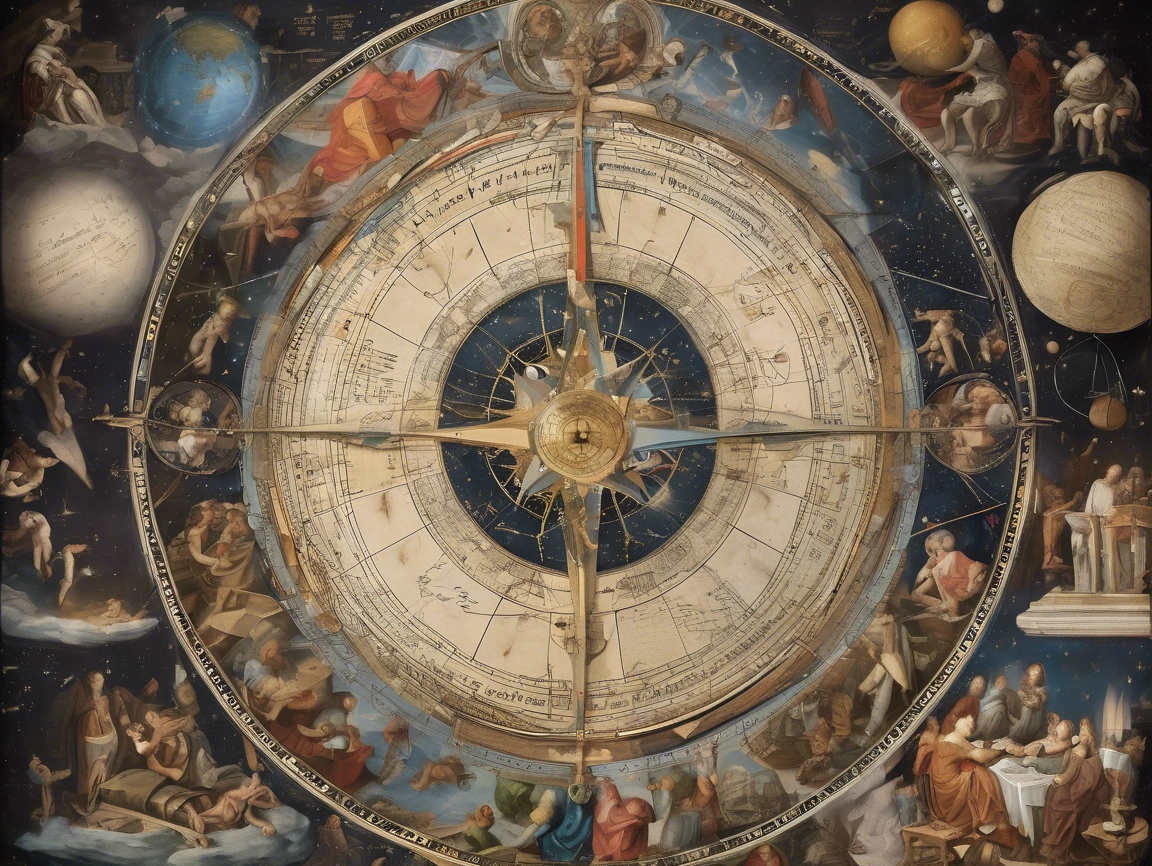The years between 1517 and 1520 were anything but ordinary in the world of mathematics. These were not just calendar years—they were crossroads. In quiet study chambers, bustling printing houses, and curious minds across Europe, a spark was catching fire. The numbers were beginning to speak louder than ever before.
It began with whispers of a new kind of magic: logarithms. Though they wouldn’t be fully realized until John Napier’s work a century later, the seeds were already sown. Thinkers had begun to sense that there might be a better, faster way to calculate the vast, ever-growing data of the world—a way to bend multiplication into mere addition.
In 1517, Gerard de Rojas, a Spanish mathematician, made strides in geometry and trigonometry—fields essential not just for theory, but for navigation, astronomy, and architecture. Just a year later, Nikolaus Copernicus, working quietly in the north, applied mathematics to a bold idea: that the Earth was not the center of the universe. His study of celestial circles and motions would reshape astronomy forever.
Meanwhile, in the arts, mathematics was being brought to life with stunning visual clarity. The renowned German artist Albrecht Dürer was sketching not just for beauty, but for proportion and precision. His later book, Underweysung der Messung (1525), would prove how deeply geometry could influence perspective, structure, and artistic truth.
As 1519 and 1520 unfolded, something remarkable began to happen: minds across Europe started connecting. Letters were sent, ideas exchanged, and a shared passion for discovery bloomed.
At the heart of this movement was Johannes Regiomontanus, whose earlier work De Estimatione gained renewed prominence. His approach to measuring angles and practical trigonometry wasn’t just theory—it was essential to explorers charting new worlds. His influence showed that mathematics wasn’t only about abstraction—it was a compass.
The Renaissance was no longer just an artistic revolution—it had become a mathematical one. Collaboration replaced isolation. Curiosity overtook dogma. And the groundwork was laid for the scientific revolutions to come.
As European scholars turned their attention eastward, ancient knowledge began to flood back in. The groundbreaking algebraic insights of al-Khwarizmi and Ibn Sina were rediscovered, translated, and shared across the continent. Once confined to Arabic manuscripts, these ideas now became accessible in Latin, and algebra started weaving its way into the European consciousness—not as foreign, but as foundational.
This was not a rediscovery—it was a reunion of civilizations through numbers.

Leave a Reply